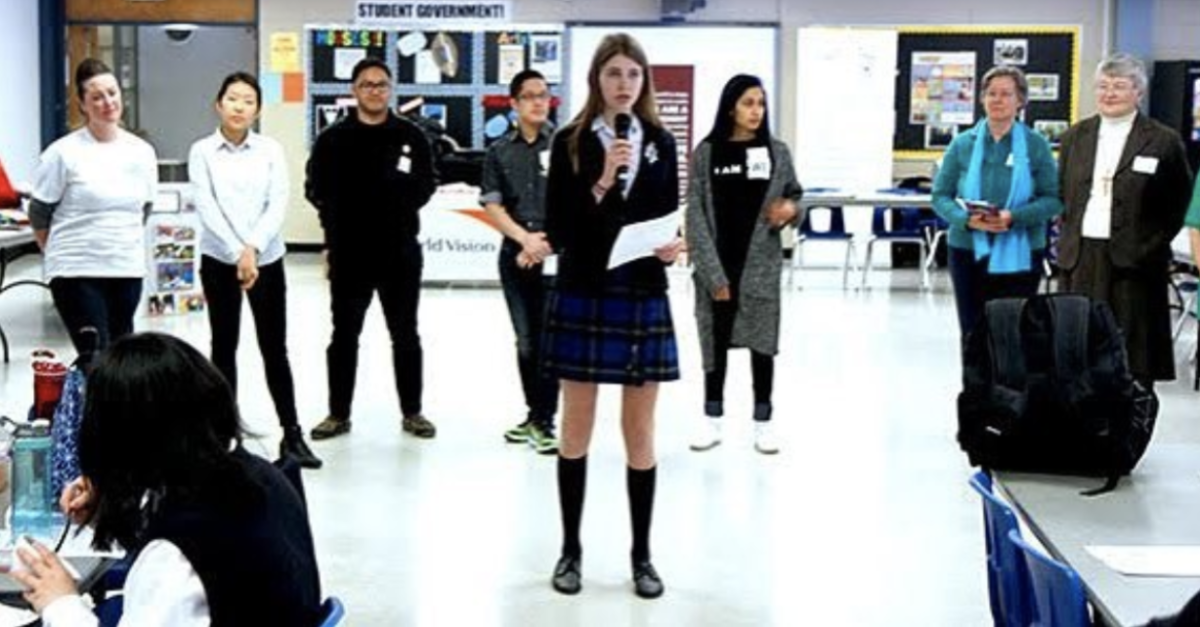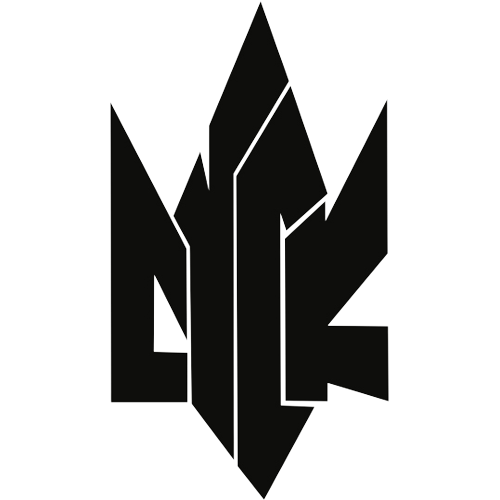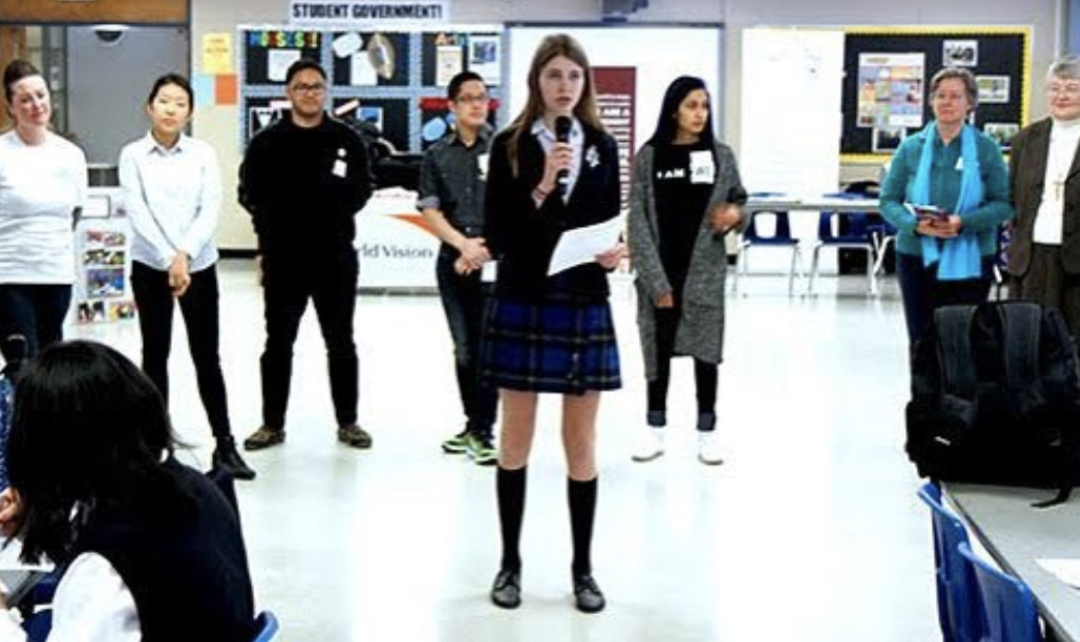By Danya Pankiw
When I was a little girl, I remember thinking that the school week was six days long and the weekend was only one day – Sunday. Monday to Friday were the days that I would attend school to learn math, reading and writing. And Saturday was a special day; it was the day that I would go to Ukrainian school for four hours and then to Ukrainian Scouts (PLAST) for two hours after that. Saturday was a school day just like Monday to Friday, but it was all in Ukrainian. As a naïve girl, I didn’t think this was unique to any other seven-year-old girl like me, I thought everyone’s weekend consisted of only Sundays and that all kids went to school on Saturdays.
During PLAST, I remember sitting in the room, completing the activity, looking up at my leader and thinking I want to be just like them when I am older. At that point, I didn’t understand what volunteerism was, but I aspired to grow up and spend my time as a PLAST leader.
Fast forward ten years and I am standing in the middle of the clubs’ fair at Queen’s University as a first-year undergraduate student. There are hundreds of booths with jubilant upper-year students selling their club to me, trying to lure me into signing up as a volunteer member for their initiative. I see the Ukrainian students’ club and instantly know that is where I want to get involved. But what other clubs should I join, what experience is valuable for my future employment opportunities? What initiative will I benefit and grow from the most? Among all of those questions rushing through my mind, there is one question that I struggle to answer the most, how many clubs is too many?

I graduated high school with almost 1,000 volunteer hours, and I wanted to stay just as involved in university. But I quickly learned that taking six courses a semester would not permit me to keep up that streak of volunteerism; I had to put my schoolwork first and my volunteer work on the back burner. It took me a few semesters to figure it out, but as a fourth-year student, it is safe to say that I am better at managing my academic demands while staying unquantifiably involved. While completing a fourth-year chemistry thesis, I am able to hold a part-time job as a high school science tutor and varsity athlete tutor, an academic strategist for students on academic probation, a mentor for PLAST leaders, a mentor for at-risk youth in Kingston elementary schools, and a position on the SUSK National Board of Directors (Ukrainian Canadian Students’ Union).
Although I value the courses I have taken and the academic skills they have taught me, the experiences I have gained from my time volunteering have provided me with a set of skills that no university lecture would give me.
With all that being said, at times I do feel quite thinly spread out. Looking back on all of my experiences over the years has led me to think, how does one go about finding a healthy balance between volunteering and everyday life. The first thing that comes to mind is becoming better at time management. But can someone ever become a master of time management? As we grow and our lives dynamically change so do our responsibilities. How do we continue to volunteer our time as we become young and then mature adults? These are questions that I am beginning to explore as I near my graduation from university. Reflecting on seven-year-old me to the person I have become today, I have learned a lot about the benefits of volunteerism and the vitality of it in my life. Looking into my future I have many more experiences to learn from to help me balance a healthy lifestyle.

